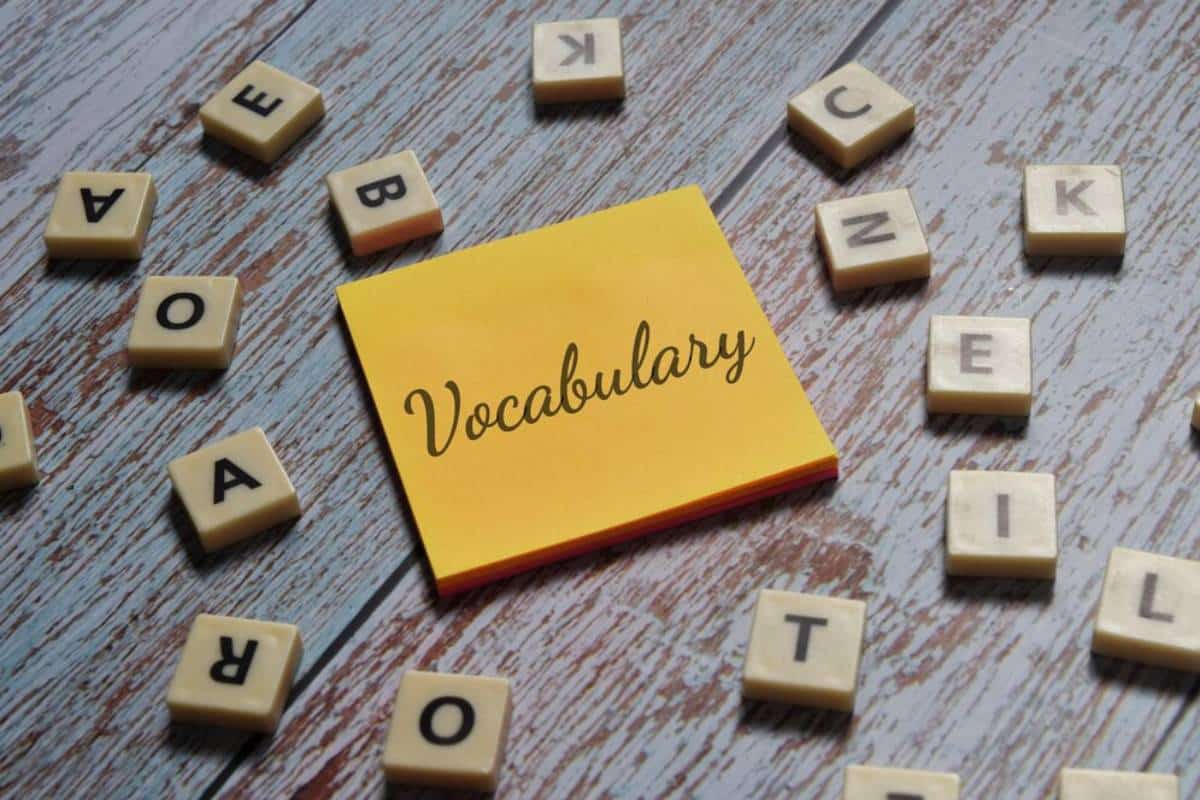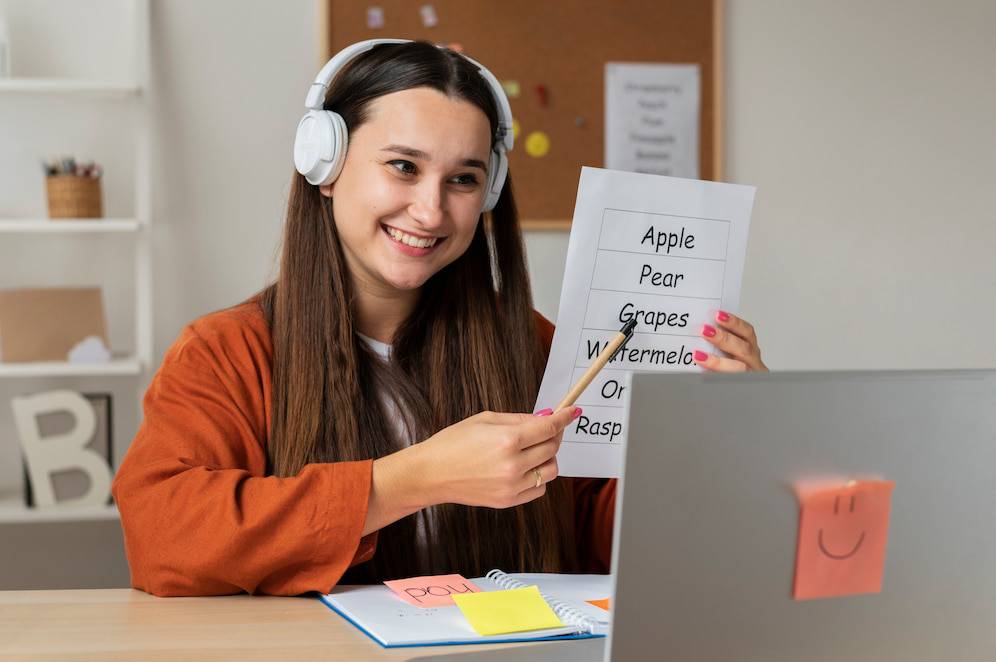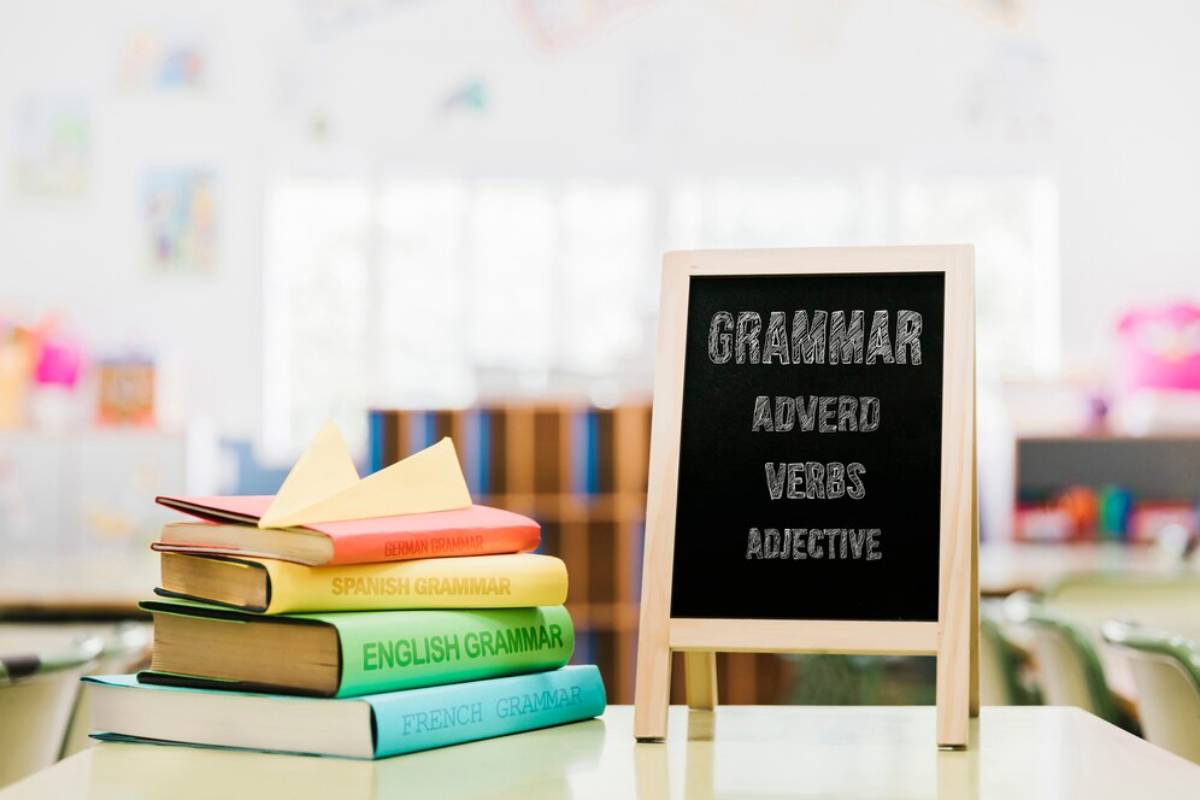
Flashcards vs Apps: Best Tools for Vocabulary Retention
You know the feeling. You spend hours studying vocabulary, only to forget half of it the next day. Frustrating, right? Whether you’re learning Spanish, Mandarin, or Japanese, vocabulary retention is often the biggest hurdle.
So, what works best: traditional flashcards or modern vocabulary apps? Are paper decks old-school but effective, or are sleek apps the new kings of memory?
This article explores the pros, cons, and science behind the best flashcard apps, old-fashioned paper flashcards, and other vocabulary learning tools. We’ll help you decide which tool fits your learning style, how to use it effectively, and what mistakes to avoid. Along the way, we’ll share expert advice, learner stories, and tech tips to boost your retention.
Let’s break down which tools actually help you remember and use new words, for good.
Why Vocabulary Retention Is So Tricky
The Forgetting Curve
German psychologist Hermann Ebbinghaus discovered that we forget about 75% of new information within a week if it’s not reinforced. That’s why the consistent review is essential.
Passive vs. Active Recall
Reading a list isn’t enough. You need to actively retrieve words to form lasting memories. Tools that engage your brain in recall and repetition are the most effective.
“Memory is not about repetition alone. It’s about meaningful retrieval in context.” — Dr. Barbara Oakley, author of A Mind for Numbers.
Flashcards: A Classic for a Reason
How Flashcards Work
Flashcards follow the active recall principle. One side presents a prompt (usually the word in your native language), and you recall the target word from memory.
Benefits of Physical Flashcards
- Tactile learning: Writing and flipping cards helps kinaesthetic learners.
- Customisable: You control design, pacing, and what goes on each card.
- No screen time: Great for focused, offline learning.
Downsides
- It can be time-consuming to create and organise
- Harder to scale or shuffle efficiently
- No built-in feedback or smart scheduling
Ideal for: Learners who enjoy handwriting, minimal tech, and focused sessions.
Flashcard Apps: Convenience Meets Science
Top-Rated Vocabulary Learning Apps
1. Anki
- Features: Spaced repetition, custom decks, multimedia support
- Best for: Deep, long-term vocabulary mastery
- Bonus: Thousands of user-generated decks
2. Quizlet
- Features: Matching games, multiple-choice quizzes, and audio pronunciation
- Best for: Visual and auditory learners
- Bonus: Searchable flashcard sets by topic
3. Memrise
- Features: Mnemonic cues, gamified interface, video clips of native speakers
- Best for: Beginners looking for fun and context-rich input
4. Brainscape
- Features: Confidence-based rating system, adaptive repetition
- Best for: Learners who want a structured review
Pros of Flashcard Apps
- Spaced repetition algorithms: Optimised review timing
- Multisensory input: Audio, images, and even video
- Progress tracking: See how you’re improving over time
- Mobile convenience: Study anywhere, anytime
Cons
- Screen fatigue
- Distractions from notifications
- Can be impersonal or overly reliant on automation
Ideal for: Tech-savvy learners, busy professionals, or anyone who values portability.
Head-to-Head: Flashcards vs Apps
| Feature | Physical Flashcards | Flashcard Apps |
| Active recall | ✅ | ✅ |
| Spaced repetition | ❌ (manual) | ✅ (automated) |
| Multisensory | ❌ | ✅ |
| Portability | ❌ | ✅ |
| Distraction-free | ✅ | ❌ |
| Customisation | ✅ | ✅ |
| Setup time | ❌ | ✅ |
How to Use Flashcards Effectively
1. Follow the 80/20 Rule
Focus on the most frequently used vocabulary. These words make up 80% of daily conversation.
2. Mix In Context
Don’t just memorise isolated words. Add example phrases or sentences.
Example:
- Front: “dog”
- Back: “perro” + “Mi perro es muy grande.”
3. Use Visuals and Audio
Combine words with:
- Pictures
- Sound clips
- GIFs or emojis
4. Be Consistent
Set aside 10–20 minutes daily for flashcard reviews. Spaced repetition works best with short, regular sessions.
Combining Tools for Maximum Impact

You don’t have to choose between physical and digital. The smartest learners use both.
Smart Hybrid Strategy
- Use apps like Anki or Memrise during the week.
- Handwrite 10 flashcards on Sunday to reinforce tricky words.
- Use a physical deck as a warm-up or screen-free evening practice.
Create a Language Learning Ritual
Build flashcards into your daily schedule:
- Morning: Review 5 flashcards
- Lunch: Quick quiz on app
- Evening: Write 5 sentences using new words
Sync learning with your routine — during a commute, after brushing your teeth, or while having coffee.
Real-Life Learner Stories
Ella (23, Language Student)
“Anki has been my go-to for mastering Japanese kanji. But I also use handwritten flashcards for test prep — they help me focus. The combo works brilliantly.”
Jerome (45, Travel Blogger)
“Quizlet was a lifesaver for learning conversational French fast. The audio clips helped me sound more natural. I used it daily on trains and flights.”
Priya (31, Working Mum)
“I stick vocab sticky notes on the fridge and use Memrise when the kids are napping. Mixing methods keeps it fun and flexible.”
Other Vocabulary Learning Tools to Try
1. Word Walls or Sticky Notes
Label everyday objects in your home with their foreign language names.
2. Spaced Repetition Notebooks
Create your own analogue system using boxes or coloured tabs.
3. Sentence Banks
Keep a running list of phrases instead of single words.
4. Language Learning Platforms
Try Duolingo, Babbel, or LingQ for contextual vocab acquisition.
Common Mistakes to Avoid
- Learning too many new words at once
- Ignoring review cycles
- Skipping context (words with no examples)
- Not saying words out loud
- Being inconsistent
Fix these by:
- Sticking to daily habits
- Mixing active and passive recall
- Tracking your progress weekly
Conclusion: Choose What Works for You

Whether you’re using team flashcards or a team app, the most important thing is that you find a system that keeps you engaged, consistent, and seeing progress. Vocabulary learning tools are only as powerful as the effort you put into them.
Physical flashcards offer tactile focus and personal touch, while apps deliver convenience, audio, and smart scheduling. Why not use both? The real win lies in blending the best features of each.
What’s your preferred method? Share your flashcard strategies in the comments, or try our printable vocabulary tracker to get started.


